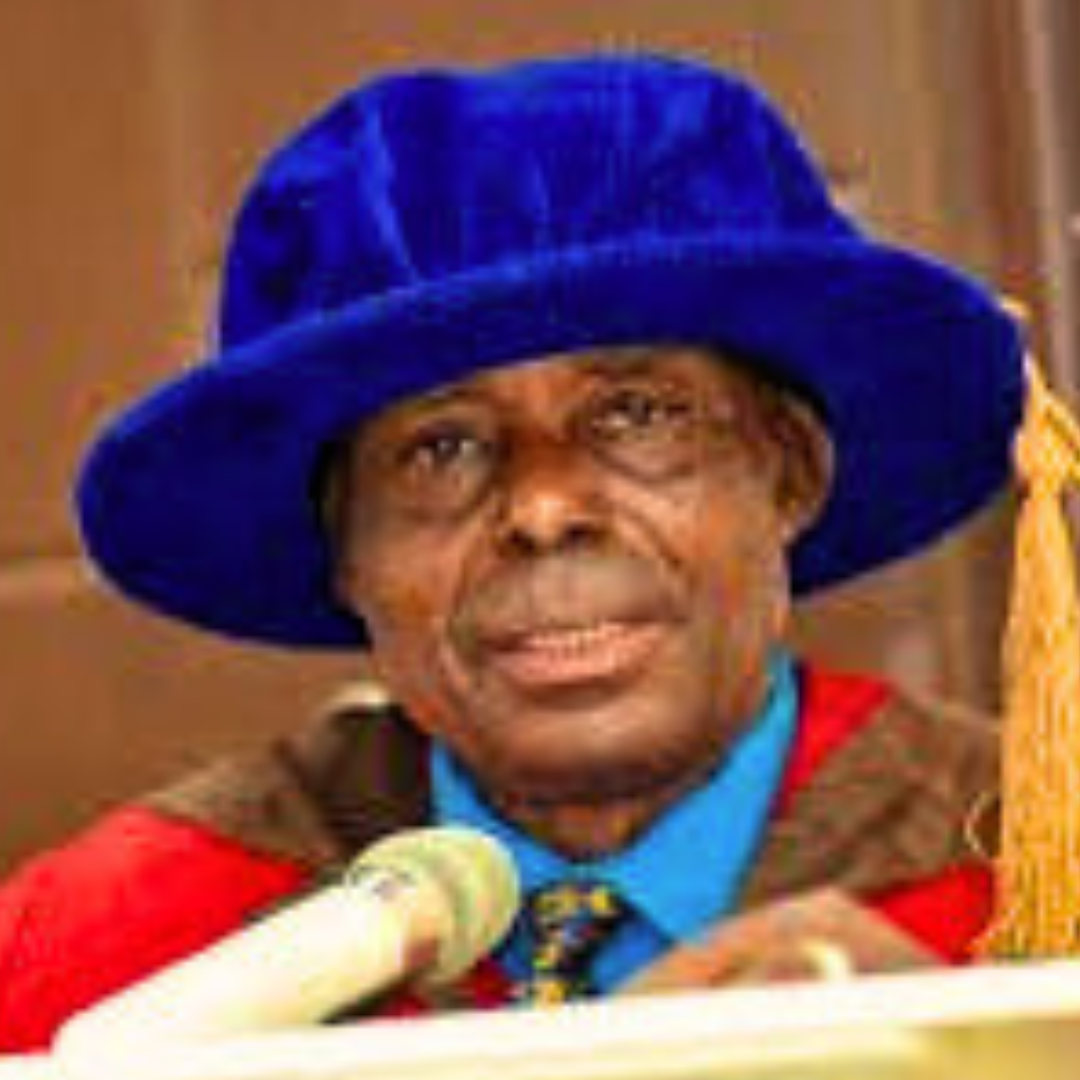
THE SIGNIFICANCE OF THE EUCHARIST
Philosophical Reflections With
Matthew M. Umukoro
mattmukoro@gmail.com (08034052655)
Jesus Christ instituted the Eucharist during the Last Supper, in the Upper Room, just before his passion began. It was literally the last meal with his disciples before his crucifixion. “And while eating with them, Jesus took bread. And blessing it, he broke it and gave it to them, and he said: Take. This is my body.” And having taken the chalice, giving thanks, he gave it to them. And they all drank from it. And he said to them: “This is my blood of the new covenant, which shall be shed for many. Amen I say to you that I will no longer drink from this fruit of the vine, until that day when I will drink it new in the Kingdom of God” (Mark 14:22-25).
Christ was quite deliberate in his choice of words while instituting the Eucharist. He avoided the use of the simile word ‘like’ in presenting the bread and wine to his disciples. “This is my body…This is my blood”, a clear metaphorical statement which equates the bread to his body, and the wine to his blood. In that very first Eucharist, Christ gave his body to his disciples to eat, and his blood to drink, without actually cutting off any part of his flesh. The implication of this is that the bread has actually transubstantiated into his body, and the wine has truly turned into his blood, a miracle which occurs in the course of the Eucharistic liturgy. Thus, although it is being done on behalf of Christ, the bread becomes the actual body of Christ, and the wine becomes the true blood of Christ, under the appearance of bread and wine.
In offering the body (or the blood) the priest says: “The body (or blood) of Christ”, while the communicant answers “Amen”, without which the process is incomplete, and the communion should be denied. It is necessary to make this clarification which makes all the difference between taking the bread that is actually the body of Christ, and taking the bread that is a mere representation of the body of Christ. For the Catholic, the communion is the true Body and Blood of Jesus Christ, and there can be no compromise about that. This explains why the Catholic Church is quite unapologetic about restricting its Holy Communion to only confirmed Catholics who are in a state of grace at the time it is being offered.
To be in a state of grace means to be free from unconfessed sin, particularly mortal sin, for which no reprieve has been sought and given. Non-Catholics are definitely excluded because of the discrepancy in the belief in the actual state of the communion being offered: Is it the reality or a mere imitation? It is spiritually unhealthy to participate in a ritual that one does not fully accept or believe in. Such belongs strictly to the theatrical world of make-believe.
Jesus Christ offered his Body and Blood to his disciples in preparation for the actual sacrifice of himself on the Cross, which became an institution to be recalled again and again in recollection of our transgressions. The liturgy of the Eucharist is a living sacrifice for the atonement of the transgressions of humanity for all eternity. The Holy
Cross has a precursor in the bronze serpent made by Moses and placed as a sign for the healing of all victims of snakebite in the snake-infested wilderness, as the Lord directed him to do. “Make a bronze serpent, and place it as a sign. Whoever, having been struck, gazes upon it, shall live” (Numbers 21:8). This adumbrates the role of the Cross in the life of a Christian. A sinner who gazes faithfully on the Cross bearing the crucified Christ through participation in the Blessed Sacrament will find redemption.
There have been reports of the miracle of the bleeding host where blood was found to trickle from a consecrated host, the bread that had been blessed during Mass. Other types of reported Eucharistic Miracles include consecrated hosts remaining fresh and consumable for centuries, without being specially preserved. This was the case in the Basilica of San Francesco, Siena, Italy, where 223 consecrated hosts, stolen on 14 August 1730, were found in the parish box three days later. The thieves ostensibly dropped them there and made away with the gold-plated vessel. But the hosts, which were kept under normal temperature, remained miraculously fresh, intact, and consumable for nearly 300 years after.
On the other hand, unconsecrated hosts, experimentally placed in the same condition as the consecrated ones, deteriorated, became discoloured and corrupted within a decade. Also, stolen consecrated hosts have miraculously returned to base; while some have been known to pass through fire unscathed. Consecrated hosts have also been seen levitating, i.e. rising and hovering in space (check the Internet for other instances). Hence, it is a despicable and blasphemous act to desecrate the host or treat it with levity.
According to the teaching of the Catholic Church, the doctrine of transubstantiation is the invisible change of the whole substance of bread and wine into the substance of the Body and Blood of Christ, respectively, anchored on the Eucharistic Prayer and the unwavering faith of the celebrant and the communicant. In 1264, Pope Urban IV instituted the Feast of Corpus Christi - that is, the Feast of the Body of Christ, which is now celebrated on a specific date every year. The host is often served alone because the living Body of Jesus also contains his Blood. For us in the Catholic Church, the Eucharist is the source and summit of our faith, and the entire devotion to Christ is anchored on it.



Leave a Comment